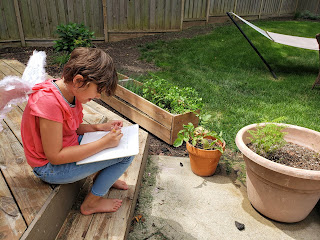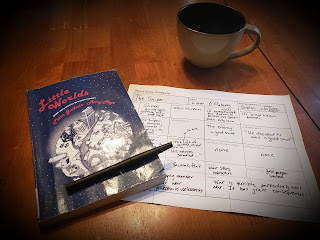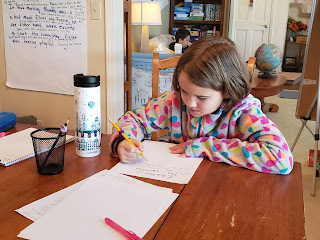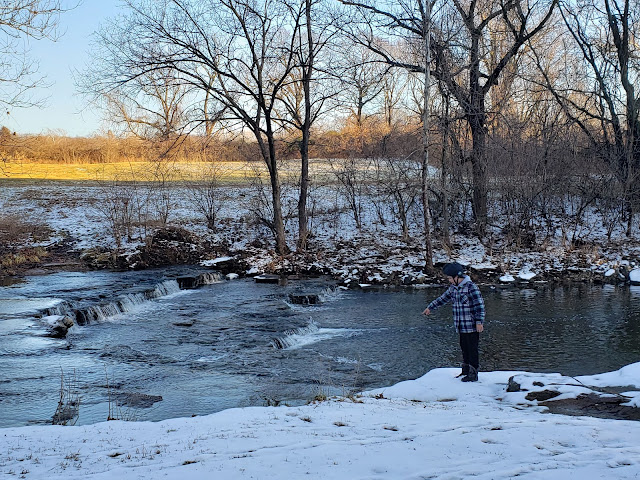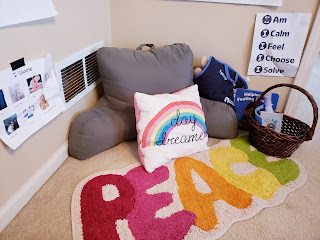Using Current Events in The Teaching of Reading, Writing, and Analyzing Opinion Non-Fiction
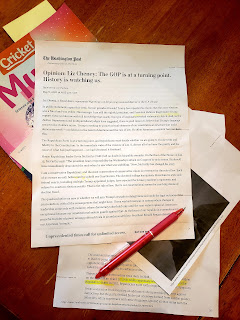
Our 7th grader and I have been doing a deep dive into opinion texts. It seemed to me an excellent time to delve into my son's interest in current events while learning how opinion writers organize their ideas and differentiate their voice among all the voices in the field. After having spent the first half of our school year reading a great deal of dystopian fiction, my son experiences intellectual urgency when thinking and learning about government, ethics, politics, and the individual. He grapples with the information he hears on the news and that he and his friends joke about among themselves. He is in that fantastic time when he can still be a child and just play at having opinions and ideas without experiencing too many high stakes consequences. He is still learning the facts about how our world and politics function while also learning how to think critically about those functions. It's an exciting learning time, and I am so happy and lucky to navigate these waters
